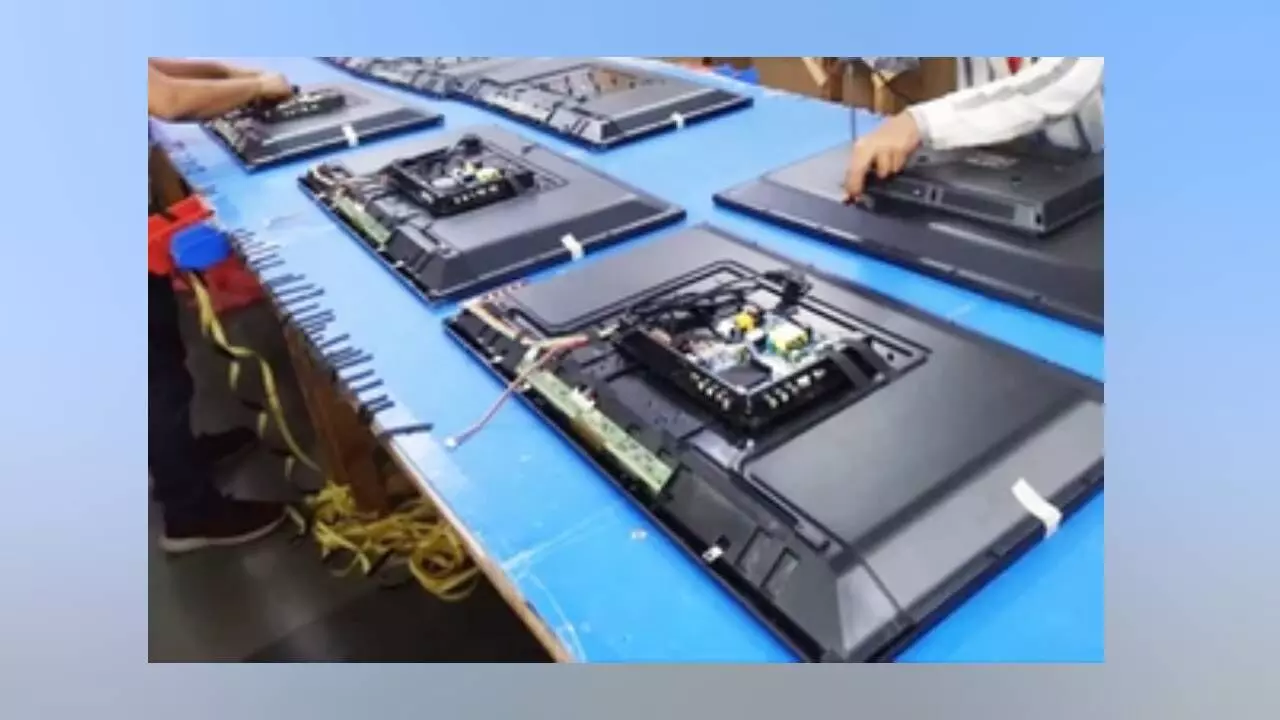Robust detection methods, legal safeguards needed to combat deepfakes: Rajat Sharma
Sharma’s likeness was maliciously used in a fake video promoting dubious medical advice
image for illustrative purpose

AI and deepfakes are increasingly affecting people's lives, especially celebrities, in profound ways. Deepfakes, which use AI to create hyper-realistic fake videos, can manipulate appearances and speech, leading to the spread of false information and damaging reputations. For celebrities, this means a higher risk of being targeted with fabricated content that can go viral, potentially ruining their careers and personal lives. The technology also raises concerns about privacy, as anyone’s image can be misused without consent. As deepfakes become more sophisticated, the challenge of discerning real from fake content grows, highlighting the need for robust detection methods and legal safeguards.
Recently journalist Rajat Sharma has taken legal action against the proliferation of deepfake videos, filing a Public Interest Litigation (PIL) in the Delhi High Court challenging the lack of regulation surrounding deepfake technology in India.
The PIL highlights the growing threat posed by deepfake technology, particularly after Sharma himself became a victim of its misuse. Sharma's likeness was maliciously used in a fake video circulating on social media, promoting dubious medical advice on diabetes and weight loss treatment. The PIL highlights the profound implications of deepfake misuse, emphasising its potential to distort public discourse, undermine democratic processes, and infringe upon individuals' rights and privacy.
In this exclusive interaction with Bizz Buzz, Rajat Sharma, Chairman and Editor-in-Chief of India TV, discusses the motivations behind his decision to take legal action and his expectations from the PIL. He elaborates on why deepfakes are a significant threat, the necessary steps to regulate them, and effective strategies to mitigate the harm associated with their misuse, and more.
Can you describe your experience of being targeted by a deepfake video? How did you first become aware of the issue?
As a journalist, I have always valued truthful reporting and accurate information. However, the rise of deepfakes and their harmful impact on people, including myself, has raised serious concerns about the reliability of the media and its effects on society and public figures. Seeing videos that falsely show me endorsing diabetes and weight loss medicines has been deeply unsettling. It's alarming to realize how much damage deepfakes can do to someone's image and reputation. This personal experience has highlighted the dangerous potential of deepfakes to manipulate public opinion, distort narratives, and undermine democratic processes. It has shown how vulnerable individuals are to such attacks and emphasized the urgent need to combat the misuse of deepfake technology. Recognizing the growing presence of deepfake content in various areas, I am determined to take a strong stance against this threat to protect the integrity of media institutions and maintain public trust.
What specific concerns do you have about the potential impact of deepfake technology on public trust and safety?
The potential impact of deepfake technology on public trust and safety is profound. Deepfake technology can severely damage public trust and safety by spreading false information and fake videos, causing confusion and misinformation. This can harm reputations, cause panic, or even influence elections. In a large democracy like India, where news channels have vast reach and influence, deepfakes can mislead the public with fabricated speeches and misleading information, impacting decision-making and political reputations. The perfection of these deepfakes makes it hard to distinguish them from real content. Therefore, it's crucial for the media to play a key role in combating the misuse of deepfake technology to protect society, ensure reliable communication, and maintain trust in media and public figures.
How do you believe your PIL in the Delhi High Court can help address the misuse of deepfake technology?
I believe my PIL in the Delhi High Court can help address the misuse of deepfake technology by pushing the government to take strong actions. It calls for regulations to identify and block platforms that create deepfakes, and for appointing a nodal officer to handle complaints quickly. The PIL also seeks directives for social media companies to remove deepfake content immediately. Additionally, it asks for guidelines to ensure that AI-generated content is clearly written in the source. These measures can protect individuals' privacy, prevent misinformation, and maintain the integrity of public discourse and democratic processes.
Why do you think the prevalence of deep fake videos is increasing day by day, and what factors are contributing to this rise?
The prevalence of deepfake videos is increasing day by day because technology is getting more advanced and accessible to use. Advances in artificial intelligence and machine learning have made the technology more accessible and easier to use. More people now have access to powerful software and tools that can create realistic fake videos. Social media platforms make it easy to share these videos quickly, spreading them widely. Additionally, the demand for sensational content drives people to create and share deep fakes. It erodes trust in the media, spreads misinformation, damages reputations, violates privacy, poses legal and ethical challenges, threatens democratic processes, and has significant economic consequences. This combination of improved technology, easy access, and the desire for attention and influence are key factors contributing to the rise of deepfake videos.
The battle against deepfakes in India requires a well-thought-out strategy. The industry must begin investing in state-of-the-art AI-powered systems that can detect deepfakes more accurately. Furthermore, it is vital to use fact-checkers to validate material, examine sources twice, and cross-check data. The last piece of the puzzle is public awareness efforts, which are vital in teaching viewers to spot deepfakes and other forms of fake news.

